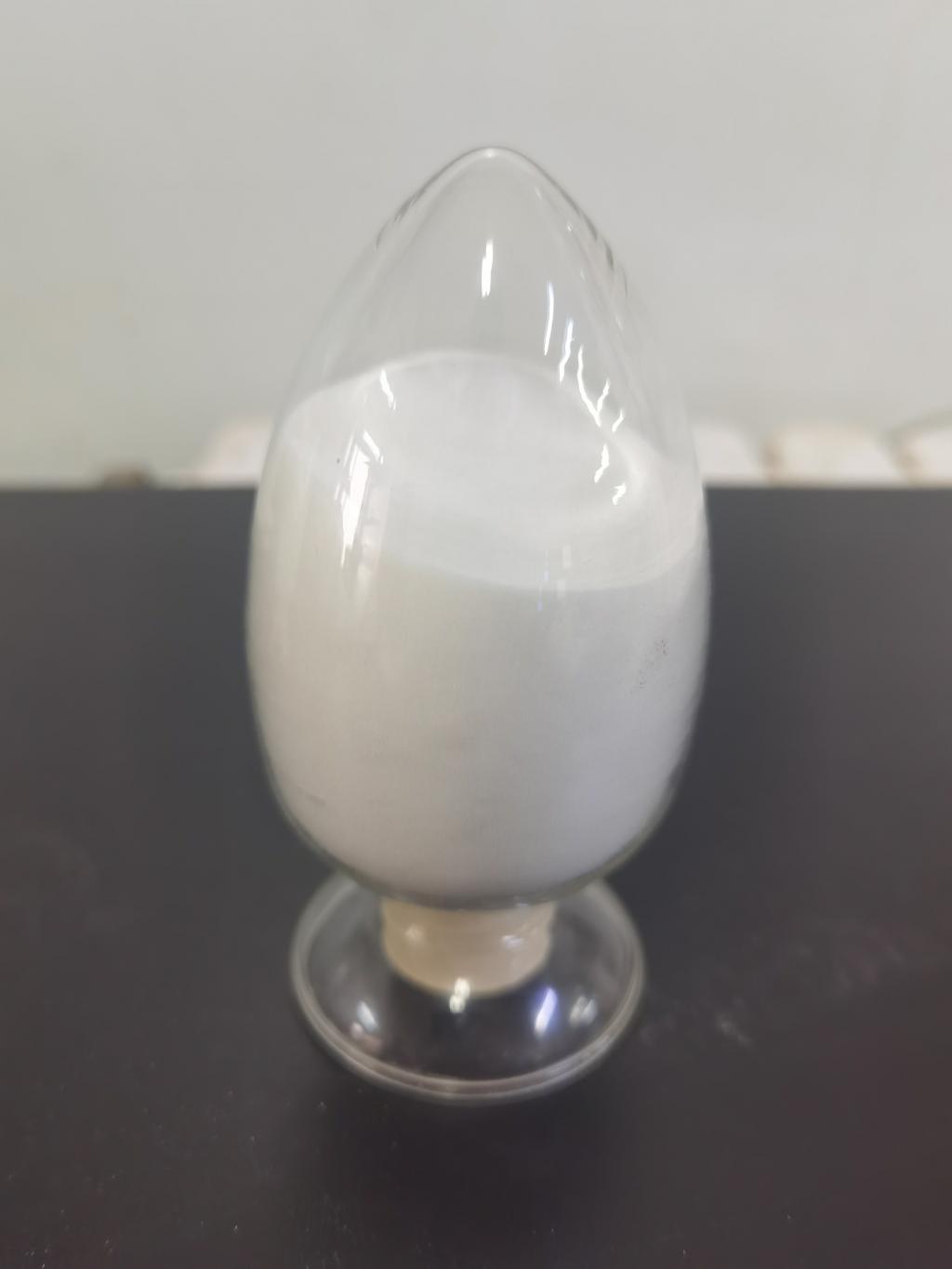Tel:+8618231198596

News
 CONTACT
CONTACT
 CONTACT
CONTACT
- Linkman:Linda Yao
- Tel: +8618231198596
- Email:linda.yao@dcpharma.cn
- Linkman:CHARLES.WANG
- Department:Overseas
- Tel: 0086 0311-85537378 0086 0311-85539701
News
Precision Approaches to Textile Preservation The Application of ε-Polylysine Hydrochloride
TIME:2024-03-12
Introduction:
Preserving textiles, ranging from ancient garments to delicate tapestries, is an intricate task in the realm of cultural heritage conservation. Traditional preservation methods, often involving chemical treatments, can raise concerns about long-term effects on textiles and the health of those handling them. The application of ε-polylysine hydrochloride presents a precision-oriented solution that offers a safer, more effective, and environmentally friendly alternative to traditional preservation methods.
Historical Challenges in Textile Preservation:
The preservation of textiles has long been a challenging endeavor due to the inherent vulnerabilities of fibers and fabrics. Exposure to light, humidity, pollutants, and microorganisms can lead to deterioration, discoloration, and structural damage. Traditional preservation methods, including chemical treatments, have been employed to mitigate these issues, but their limitations and potential risks necessitate the exploration of innovative alternatives.
Properties of ε-Polylysine Hydrochloride:
ε-Polylysine hydrochloride is a natural antimicrobial polymer derived from microbial fermentation. Comprising lysine units, it exhibits antimicrobial properties against a broad spectrum of bacteria, including those responsible for textile degradation. The positively charged structure of ε-polylysine hydrochloride interacts with microbial cell membranes, disrupting their integrity and inhibiting growth. This unique property makes it a promising candidate for textile preservation.
Applications in Textile Preservation:
The application of ε-polylysine hydrochloride in textile preservation extends beyond its antimicrobial properties. Its water-solubility, film-forming characteristics, and compatibility with various textile materials make it suitable for creating protective coatings, offering a versatile solution for precision preservation. From preventing microbial degradation to reducing environmental impact, ε-polylysine hydrochloride presents a holistic approach to textile conservation.
Microbial Degradation Prevention:
Textiles are susceptible to microbial degradation caused by bacteria, fungi, and other microorganisms. The antimicrobial properties of ε-polylysine hydrochloride make it a potent tool for preventing microbial growth on textiles. By incorporating ε-polylysine hydrochloride into preservation strategies, conservators can protect artifacts from the detrimental effects of microbial activity, ensuring their longevity and integrity.
Protective Coatings for Fragile Textiles:
Fragile textiles, such as ancient tapestries and delicate garments, require a gentle yet effective preservation approach. ε-Polylysine hydrochloride's film-forming characteristics allow conservators to create protective coatings that act as a barrier against environmental pollutants, dust, and light exposure. This precision application ensures that the protective layer is tailored to the specific needs of each textile, preserving its delicate features.
Compatibility with Various Textile Materials:
One of the challenges in textile preservation is finding methods that are compatible with diverse materials. ε-Polylysine hydrochloride's compatibility with various textile materials, including natural fibers like cotton and silk, as well as synthetic fabrics, makes it a versatile preservation tool. This adaptability allows conservators to apply ε-polylysine hydrochloride across a wide range of artifacts without compromising their material integrity.
Reducing Environmental Impact:
Traditional textile preservation methods often involve the use of chemicals that may pose environmental risks. ε-Polylysine hydrochloride, being biodegradable and environmentally friendly, offers a sustainable alternative. The precision application of this natural polymer minimizes the environmental impact associated with preservation efforts, aligning with the growing emphasis on eco-friendly conservation practices.
Precision Application Techniques:
The success of ε-polylysine hydrochloride in textile preservation lies in the precision of its application. Techniques such as controlled-release formulations, targeted treatments, and surface coatings allow conservators to tailor the preservation strategy to the specific needs of each textile. This precision approach ensures that the benefits of ε-polylysine hydrochloride are maximized while minimizing any potential negative impacts on the textile.
Case Studies:
Preserving Historical Textiles with ε-Polylysine Hydrochloride:
Case studies involving the preservation of historical textiles, such as garments from museum collections, demonstrate the efficacy of ε-polylysine hydrochloride in preventing microbial degradation and maintaining the structural integrity of delicate fabrics.
Protecting Fragile Tapestries:
Tapestries, with their intricate designs and delicate fibers, require special attention in preservation. Case studies highlight the precision application of ε-polylysine hydrochloride as a protective coating, ensuring the longevity of these culturally significant artifacts.
Challenges and Future Directions:
While the potential benefits of ε-polylysine hydrochloride in textile preservation are substantial, challenges such as cost-effectiveness, regulatory considerations, and long-term stability need further exploration. Future research should focus on refining application techniques, optimizing formulations, and conducting comprehensive studies on the compatibility of ε-polylysine hydrochloride with a wide range of textiles.
Conclusion:
The application of ε-polylysine hydrochloride in textile preservation represents a precision-oriented approach that addresses the challenges of preserving delicate artifacts with a more effective and sustainable solution. By leveraging its antimicrobial properties, film-forming characteristics, and compatibility with diverse textile materials, ε-polylysine hydrochloride offers a versatile tool for conservators. As the cultural heritage community seeks innovative and environmentally conscious preservation methods, embracing precision solutions like ε-polylysine hydrochloride contributes to the safeguarding of our textile heritage for future generations.
- Tel:+8618231198596
- Whatsapp:18231198596
- Chat With Skype







